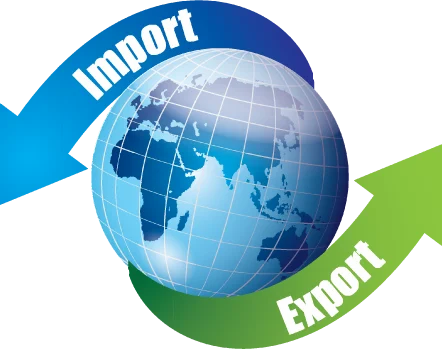
Zimbabwe’s Main Exported Goods
Zimbabwe’s economy is heavily reliant on exports, with key industries including mining, agriculture, and manufacturing. The country’s diverse natural resources and agricultural output make it a significant player in global trade. Below are the primary goods that Zimbabwe exports.
1. Minerals and Precious Metals
Zimbabwe is rich in mineral resources, making mining the backbone of its export sector. The country’s main mineral exports include:
Gold: Zimbabwe is one of Africa’s top gold producers, and gold is the country’s leading export. The metal is highly valued in international markets, particularly in Asia and Europe.
Platinum Group Metals (PGMs): Zimbabwe has the world’s third-largest platinum reserves after South Africa and Russia. PGMs, including platinum and palladium, are crucial in the automotive and jewelry industries.
Diamonds: Zimbabwe is a significant diamond producer, with the Marange diamond fields being a major source of high-quality gems. Diamonds are mainly exported to markets in India and the UAE.
Lithium: With rising global demand for lithium-ion batteries, Zimbabwe has positioned itself as a key supplier. The country has vast lithium reserves and exports mainly to China and Europe.
Chrome and Ferrochrome: Zimbabwe is a major exporter of ferrochrome, which is used in stainless steel production. Its biggest markets include China and South Africa.
Nickel: Used in batteries and industrial applications, nickel from Zimbabwe is exported to global markets, mainly in Asia.
2. Agricultural Products
Agriculture remains a vital part of Zimbabwe’s economy, contributing significantly to exports. The main agricultural products exported include:
Tobacco: Zimbabwe is one of the world’s top producers of tobacco, with China being its biggest buyer. The crop is a major foreign exchange earner for the country.
Cotton: Zimbabwe exports raw cotton and cotton-related products, primarily to Asian markets.
Sugar: Sugarcane is grown in Zimbabwe’s low-lying areas and is processed into refined sugar for export.
Horticultural Products: Zimbabwe exports flowers, fresh fruits, and vegetables, particularly to the European market.
3. Manufactured and Industrial Goods
Though not as dominant as mining and agriculture, Zimbabwe’s manufacturing sector contributes to exports, including:
Textiles and Clothing: Some locally produced garments are exported to neighboring countries.
Processed Foods: Zimbabwe exports processed foods such as canned beef, dairy products, and tea.
Cement and Construction Materials: Zimbabwe supplies cement and building materials to regional markets, especially in southern Africa.
4. Other Exports
Zimbabwe also exports:
Electricity: The country sells surplus power to neighboring countries when production allows.
Leather and Hides: Zimbabwe exports raw hides and processed leather to European and Asian markets.
Conclusion
Zimbabwe’s economy depends largely on mining, with gold, platinum, and lithium being major exports. Tobacco remains a key agricultural export, while other sectors like manufacturing contribute smaller but essential export revenues. The country’s export market spans across Asia, Europe, and Africa, with China, South Africa, and the UAE being major trading partners. Strengthening infrastructure and increasing value addition in exports could help Zimbabwe expand its global trade footprint.



Leave a Reply